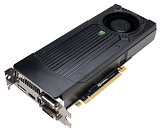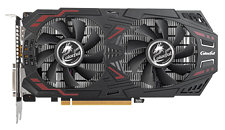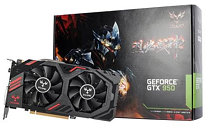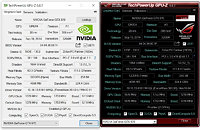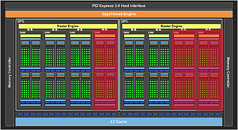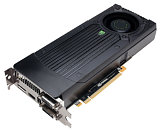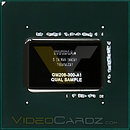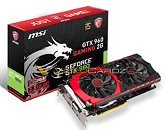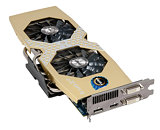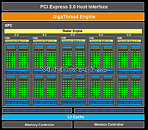It looks like things are going horribly wrong at TSMC, NVIDIA and AMD's principal foundry partner, with its 20 nm manufacturing process, which is throwing a wrench into the works at NVIDIA, forcing it to re-engineer an entire lineup of "Maxwell" GPUs based on existing 28 nm process. Either that, or NVIDIA is confident of delivering an efficiency leap using Maxwell on existing/mature 28 nm process, and saving costs in the process. NVIDIA is probably drawing comfort from the excellent energy-efficiency demonstrated by its Maxwell-based GeForce GTX 750 series. According to a 3DCenter.org report, NVIDIA's next mainline GPUs, the GM204 and GM206, which will be built on the 28 nm process, and "Maxwell" architecture, will tape out later this month. Products based on the two, however, can't be expected before Q4 2014, as late as December, or even as late as January 2015.
GM204 succeeds GK104 as the company's next workhorse performance-segment silicon, which could power graphics card SKUs ranging all the way from US $250 to $500. An
older report suggests that it could feature as many as 3,200 CUDA cores. The GM204 could be taped out in April 2014, and the first GeForce products based on it could launch no sooner than December 2014. The GM206 is the company's next mid-range silicon, which succeeds GK106. It will tape out in April, alongside the GM204, but products based on it will launch only in January 2015. The GM200 is a different beast altogether. There's no mention of which process the chip will be based on, but it will succeed the GK110, and should offer performance increments worthy of being a successor. For that, it has to be based on the 20 nm process. It will tape-out in June 2014, and products based on it will launch only in or after Q2 2015.

